With demands intensifying for more diversity in the film industry, Disney has begun casting non-white actresses as Disney princesses in live-action remakes of the original cartoons. The company and actresses have therefore received unfounded backlash from fans of the original movies, who oppose the race-swapping of these princesses. However, their outrage is unreasonable and ultimately comes down to one thing: racism.
Ariel, in the 2023 film “The Little Mermaid,” was played by Halle Bailey, a Black actress. When Disney announced this casting, people took to the internet to insult Bailey and push for a white Ariel. The hashtag “NotMyAriel” began trending and slogans like “Make the Little Mermaid Great Again” were used to support the childish cries of those who opposed her casting.
Many claimed that the reason they were so against Bailey playing the role was because Ariel was a redhead. They argued that redheads were often made fun of, and that Ariel made them feel beautiful and seen. No matter how sweet a sentiment that might be, there are two other redheaded princesses, Merida and Anna, in addition to Ariel. Despite redheads making up only 2% of the world’s population in 2018, there are three redheaded Disney princesses.
The share of Black individuals in the world population is, obviously, significantly more substantial, yet only one Black Disney princess exists, Tiana. These people are using hair color to justify racism; it is perfectly acceptable to want to feel seen, but it is not acceptable to deny others the chance at feeling seen too.
Bailey should not be being attacked online for playing the part that she earned via hard work and dedication, and especially not for her skin color. Her hair was even made red in the film, so the outrage Bailey’s “hair color” elicited was unnecessary if that was what people were truly concerned with.
“I know people are like ’it’s not about race’ but now that I’m her [the actress on the receiving end of race-based hatred]… People don’t understand that when you’re Black there’s this whole other community,” Bailey said to Entertainment Weekly. “It’s so important for us to see ourselves.”
Snow White is another Disney princess whose actress is not going to be white in the live action film. The movie, entitled “Snow White,” is set to come out in 2025 and stars Rachel Zegler, a Latina actress, as Snow White. Obviously, being partially Colombian, Zegler is not as pale as Snow White is described as being in the original story, causing outrage among fans.
Snow White is often cited as one of the worst Disney princesses, found at the bottom of lists all over the internet that rank them. She is, however, a big deal in Spanish-speaking countries, a sentiment Zegler herself has explicitly stated. As in Bailey’s case, people are using a princess’ appearance to deny representation to the actresses’ respective communities.
“When it was announced [Zegler’s casting], it was a huge thing that was trending on Twitter for days because all of the people were angry,” Zegler said to Variety. “We need to love them [haters] in the right direction. At the end of the day, I have a job to do that I’m really excited to do. I get to be a Latina princess.”
Evidently it is not just confirmed castings that have caused racist backlash. Mere rumors of a live action “Tangled” led to rumors of Avantika, an Indian actress, being cast as Rapunzel. This resulted in unprecedented hatred towards the actress. This time, the problem was that she was not blonde.
In regard to the argument of Avantika not being blonde, both hair dye and wigs exist. Any actress chosen to play Rapunzel will need to wear a wig after all, as no one has hair that is the appropriate length regardless. Additionally, Avantika’s hair could easily be dyed blonde if necessary, as the actress proved by doing so amidst the backlash.
Still, this casting is not even confirmed yet and all of this hatred is being directed at Avantika over a literal rumor. She is being called derogatory terms by people disguising their racism as wanting accuracy to the cartoon and original story of Rapunzel. Unfortunately, Avantika is no stranger to this form of bigotry, as she received similar backlash after taking on the role of Karen Shetty in the new “Mean Girls” film.
A comparable form of racism was directed towards “Never Have I Ever” actress Maitreyi Ramakrishnan after she too expressed the desire to play Rapunzel. Ramakrishnan, however, responded to the criticism, and her reason for wanting the princess to be a South Asian girl is one everyone should take note of.
“I think Rapunzel should be a South Asian girl,” Ramakrishnan said in an interview with CBS. “Because hear me out, no one knows what it feels like to be trapped in your room, not able to go out because your mother is telling you no, without giving you an actual proper reason like brown girls do. It’s true. That would be like a dream role for me.”
One argument brought up in opposition to all three race-swaps was that none of the females match the nationalities of the Disney Princess’ they will be portraying. In regard to Ariel this argument proves particularly unfounded. It is often claimed that Ariel should have been played by a Danish actress, however Ariel herself is not even Danish.
According to the original “Little Mermaid” story by Hans Christian Andersen, Ariel and her family are from “far out in the ocean” or, in other words, nowhere near Denmark. The film itself even takes place in international waters and Sebastian is Jamaican.
In the case of the other casting and rumored casting, the actresses are, admittedly, not of the same nationality as the Disney princesses are originally nor as they are in the American version of their stories. Still, the stories have been adapted for worldwide audiences in children’s books that depict them as a variety of different nationalities and races.
They may not be portraying the traditional versions of the princesses, but they will be portraying ones that Latina and South Asian American children can relate to, much like their white peers have been able to with the cartoon versions and other live actions.
People appear to be quick to judge only when these appearance-related discrepancies exist between these particular actresses and their roles. No one complains about the discrepancies that exist between the appearance of the actors portraying their princes. After all, no one said a word about Prince Eric’s eyes not being blue in the live action nor about the rumored Flynn Rider, Milo Ventimiglia’s, complete lack of resemblance to the character.
Facts like this often compel people to make the ignorant statement that if it is okay to cast non-white women as white princesses, it is okay to cast white women as non-white princesses. This argument is flawed and lacks a certain degree of awareness about the current state of diversity in the media.
There are very few Disney princesses that are not white to begin with, and for said characters their race and ethnicities are central to their stories. Tiana’s struggles are connected to her race and Pocahontas’ identity as a Native American woman is central to her tale. For Ariel, Rapunzel and Snow White though, their status as white women has nothing to do with their story at all, thus their castings should have little to do with race and more to do with talent.
If Halle Bailey, Rachel Zegler and Avantika were the best of who auditioned for these roles, as they clearly were given their real and alleged castings, they unequivocally deserve the role, and no one should have the right to question it. Nevertheless, all of this is not to say that race-swapping should be a replacement for creating original, diverse roles for a wide range of actors.
Race-swapping may be an important form of diversity for the little girls in need of representation, but it does not make up for the lack of diversity in the film industry as a whole. Real diversity and representation will come when individuals of marginalized groups do not just serve as fill-ins for pre-existing roles but as those starring in roles made for them.

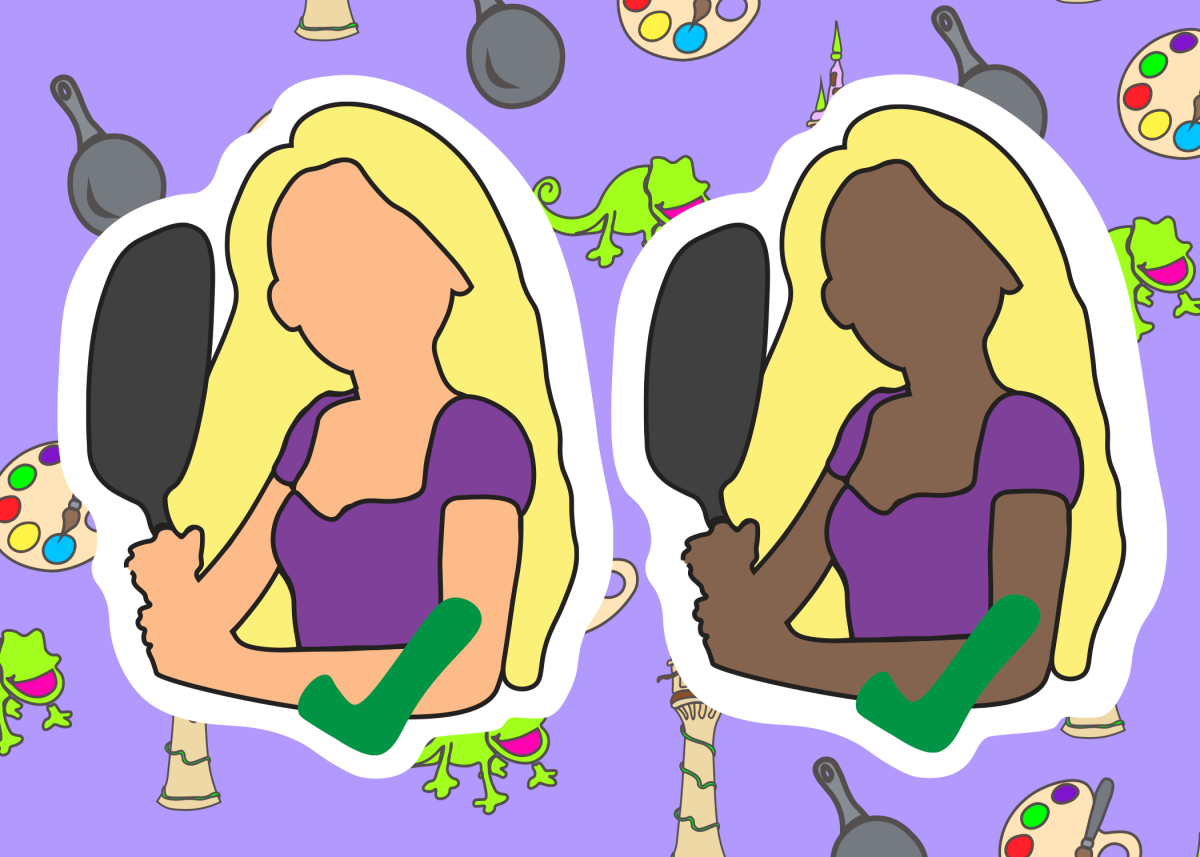

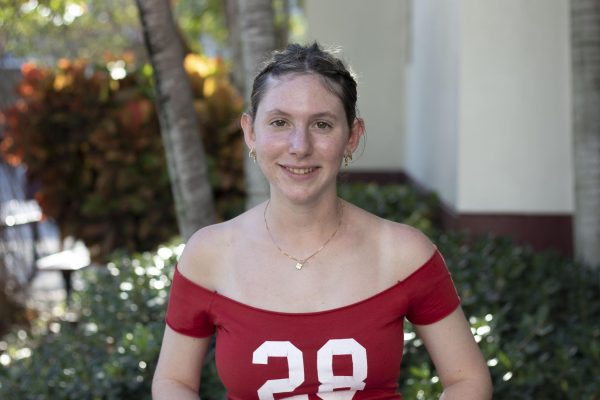
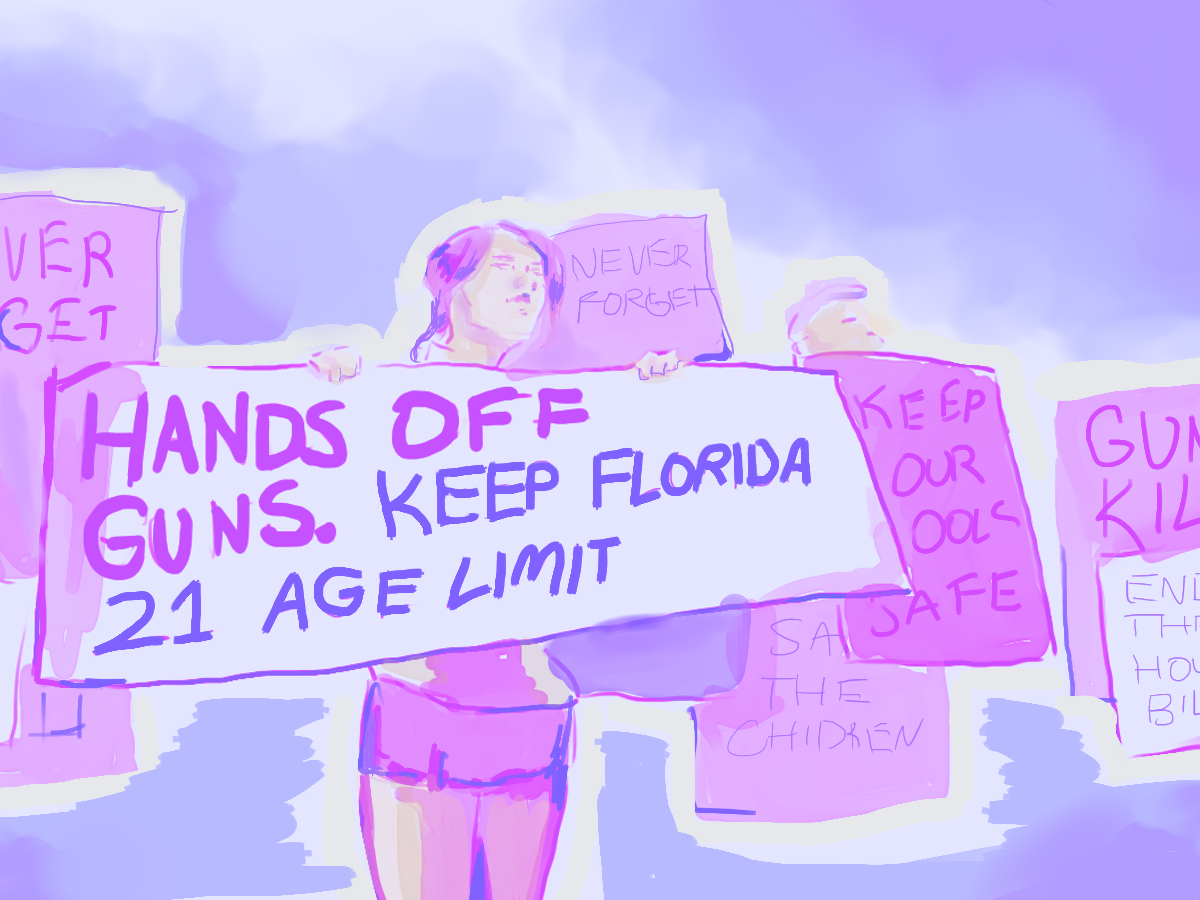
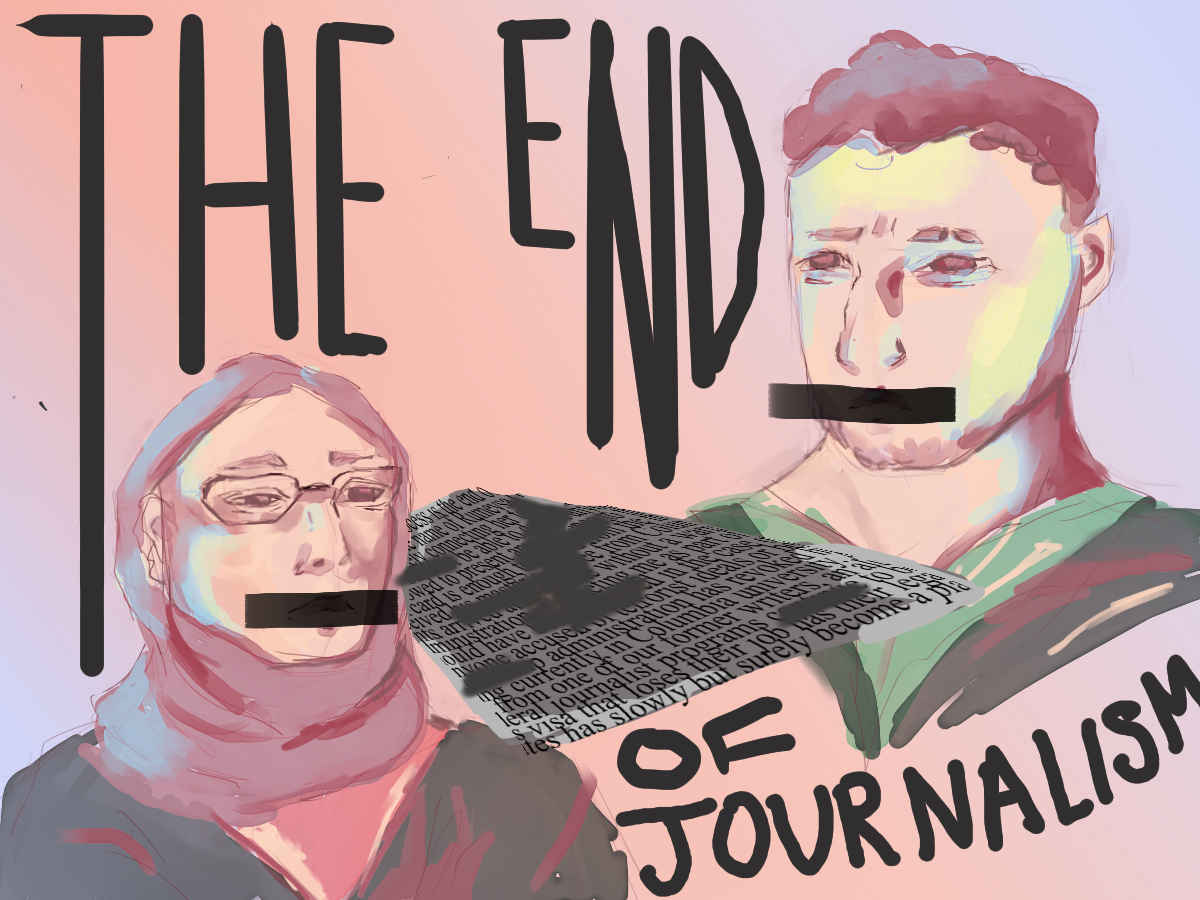


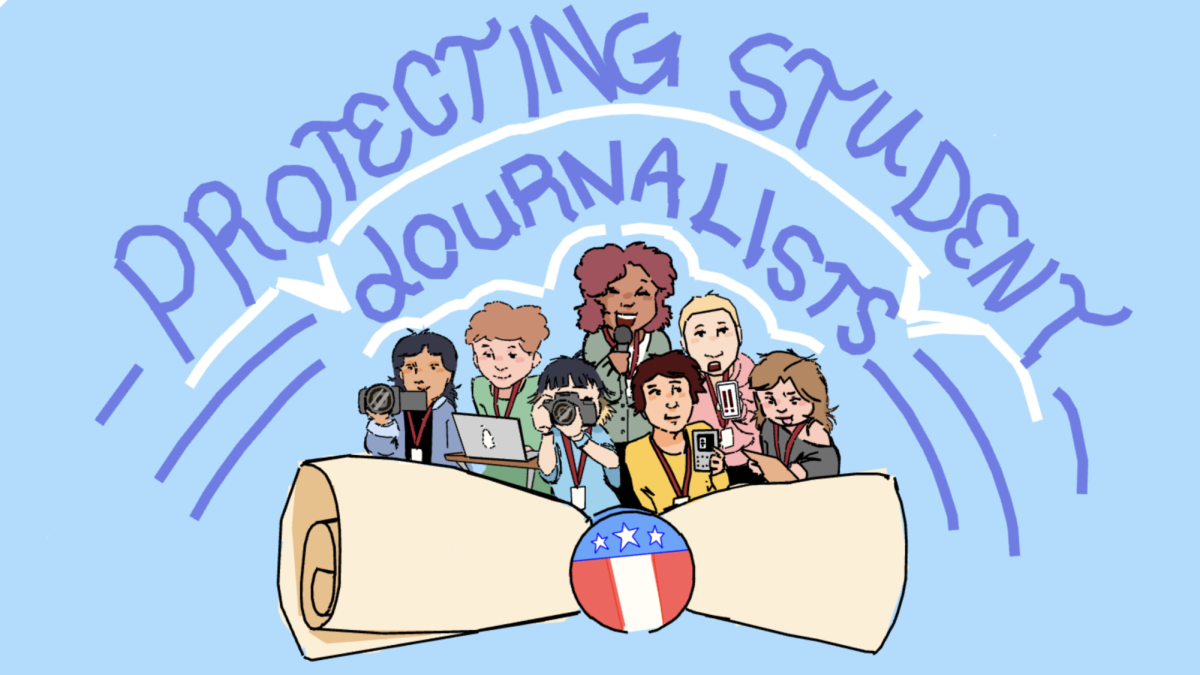

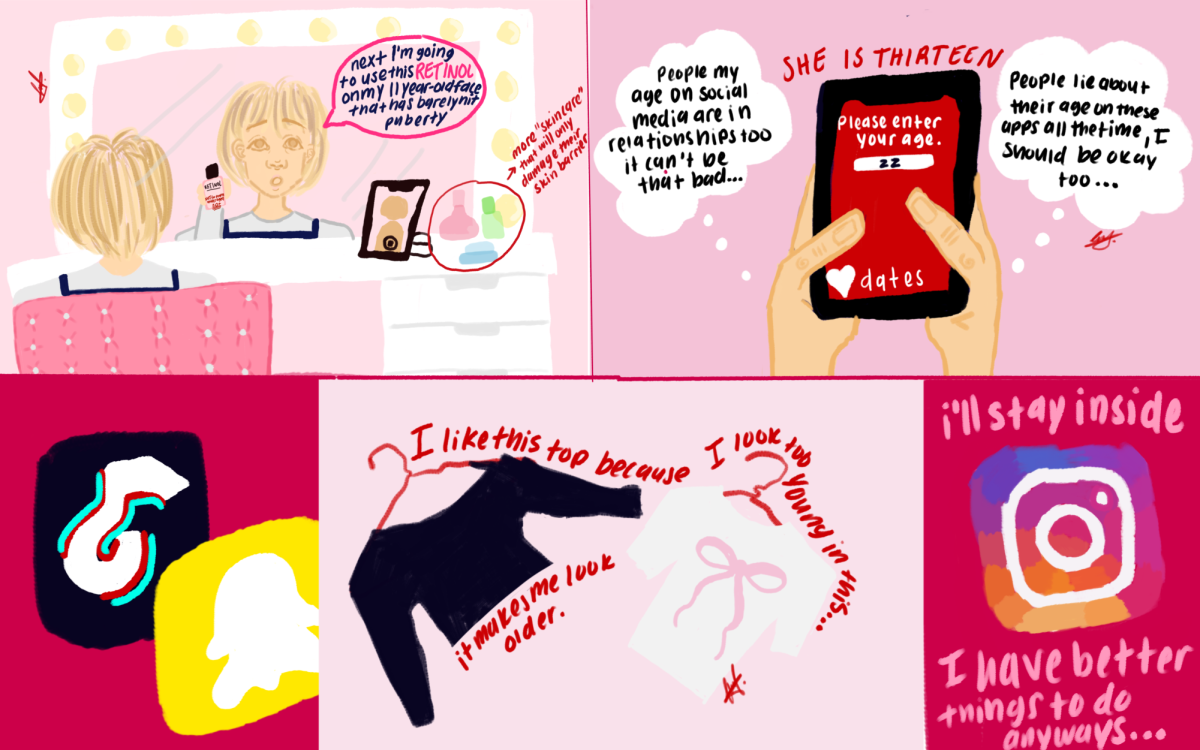



Rat • Dec 26, 2024 at 9:42 pm
Thank you for showing the definition of a opinion piece. It’s one thing tho cast the best actress but I’ve never heard of any other actress auditioning. I’m sure if you had you would have listed them. I have no problem with some recasting, not just race but gender also. My biggest problem is according to you and Disney there is no white actress good enough to play any of these roles. We shouldn’t be a handful of castings in a no white actress is good enough. You have a Snow White movie about to come out that is set up for failure because of the lead actress. She was already getting the goofy grief with how is a Latina actress the fairest skin in the land. Then she says this Snow White doesn’t need a man, they could eliminate all his scenes and the movie misses nothing. The she dogs the original calling it creepy and saying she couldn’t finish it.